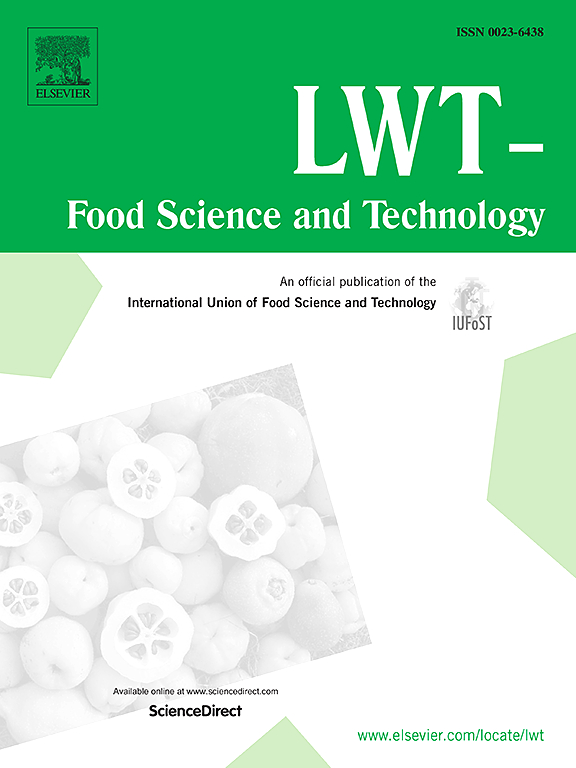增稠饮料对吞咽困难的感官影响:味觉-质地的相互作用
IF 6
1区 农林科学
Q1 FOOD SCIENCE & TECHNOLOGY
引用次数: 0
摘要
吞咽困难是一种常见的吞咽障碍,影响着15 - 40%的老年人和神经系统疾病患者,如中风、头颈癌和帕金森病。处理吞咽困难的主要临床策略包括改变食物和饮料的质地特性。为了实现这一目标,该行业使用不同浓度的淀粉和胶来增加液体食物的粘度,有助于降低误吸的风险。虽然这种方法优化了流变特性,从而促进了安全吞咽,但它经常对感官知觉产生负面影响,特别是味道、风味和口感。这些与感官相关的抱怨是导致低依从性的主要批评,导致脱水、营养不良和健康风险。本文综述了增稠饮料的感官和结构特性的研究现状,重点介绍了流变特性与感官知觉之间的关系。考察了粘度、增稠剂类型、临界重叠浓度等关键因素以及对口感和香气释放动力学的影响。有证据表明,增稠剂在技术功能特性上各不相同,影响感官属性、接受度和整体饮食体验。通过优化增稠饮料,改善味觉和风味感知,以及促进吞咽困难管理的依从性,对味觉和口感相互作用的全面理解对于确定提高消费者依从性的策略至关重要。本文章由计算机程序翻译,如有差异,请以英文原文为准。
Sensory implications of thickened beverages for Dysphagia: Taste-Texture interactions
Dysphagia, a prevalent swallowing disorder, affects 15–40 % of the elderly and individuals with neurological ailments like stroke, head and neck cancer, and Parkinson's disease. A primary clinical strategy to manage dysphagia involves modifying the texture properties of foods and beverages. To achieve this, the industry uses starches and gums at varying concentrations to increase fluid food viscosity, helping to reduce the risk of aspiration. While this approach optimizes rheological properties, thus facilitating safe swallowing, it often negatively impacts sensory perception, particularly taste, flavor, and mouthfeel. These sensory-related complaints are the leading criticism driving low compliance, leading to dehydration, malnutrition, and health risks. This review synthesizes the current research on thickened beverages' sensory and textural properties, focusing on the relationship between rheological characteristics and sensory perception. Key factors such as viscosity, thickener type, critical overlap concentration, and the impact on taste and aroma release kinetics are examined. Evidence suggests thickeners vary in techno-functional properties, influencing sensory attributes, acceptance, and overall eating experience. A comprehensive understanding of taste-texture interactions is essential for identifying strategies to enhance consumer compliance through optimizing thickened beverages, improving taste and flavor perception, and promoting adherence in dysphagia management.
求助全文
通过发布文献求助,成功后即可免费获取论文全文。
去求助
来源期刊

LWT - Food Science and Technology
工程技术-食品科技
CiteScore
11.80
自引率
6.70%
发文量
1724
审稿时长
65 days
期刊介绍:
LWT - Food Science and Technology is an international journal that publishes innovative papers in the fields of food chemistry, biochemistry, microbiology, technology and nutrition. The work described should be innovative either in the approach or in the methods used. The significance of the results either for the science community or for the food industry must also be specified. Contributions written in English are welcomed in the form of review articles, short reviews, research papers, and research notes. Papers featuring animal trials and cell cultures are outside the scope of the journal and will not be considered for publication.
 求助内容:
求助内容: 应助结果提醒方式:
应助结果提醒方式:


